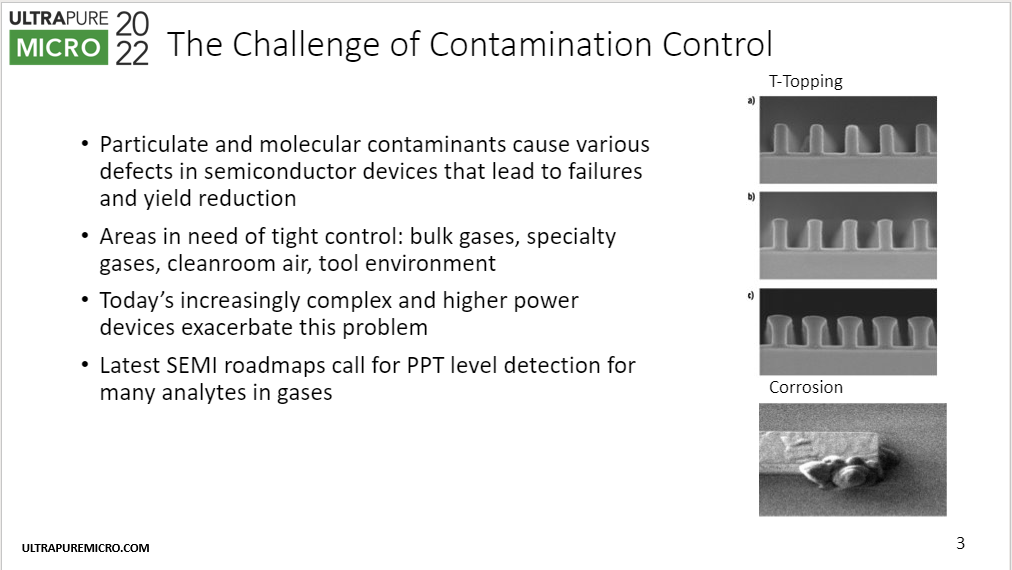Ion Exchange Resins for Advanced Removal of Nanoparticles from UPW? – A Novel Imaging Approach
Date Published 2019 | Conference materials
Log in or Join UltraFacility to access this content
To access our resources you will need to be a member of UltraFacility, log in to your account or purchase a membership to view this content.
Already have an account? Log in
This presentation was given at the Ultrapure Micro 2019 annual conference. It was presented in the Ultrapure Water Production track, as part of the Enabling Technology session.
Authors: Katharina Kopania, Gisela Guthause,
Tags: Metrology and Analytical TechnologyUPW PolishingNanoparticlesIon Exchange
Related content
Conference material | 2018
Development of an Online Urea Monitor for Ultrapure Water Production in Semiconductor Fabrication Plants

Conference material | 2022
Multi-Species PPT-Level Impurity Detection in Electronic Bulk Gases Using Atmospheric Pressure Ionization Mass Spectrometry
Conference material | 2015
THM – A Novel Sustainable Approach as a Global Solution for UPW Applications
Learning series | 2017
Ion Exchange Resins - How They Work, Why They Work and How They Don't Work
Back to results